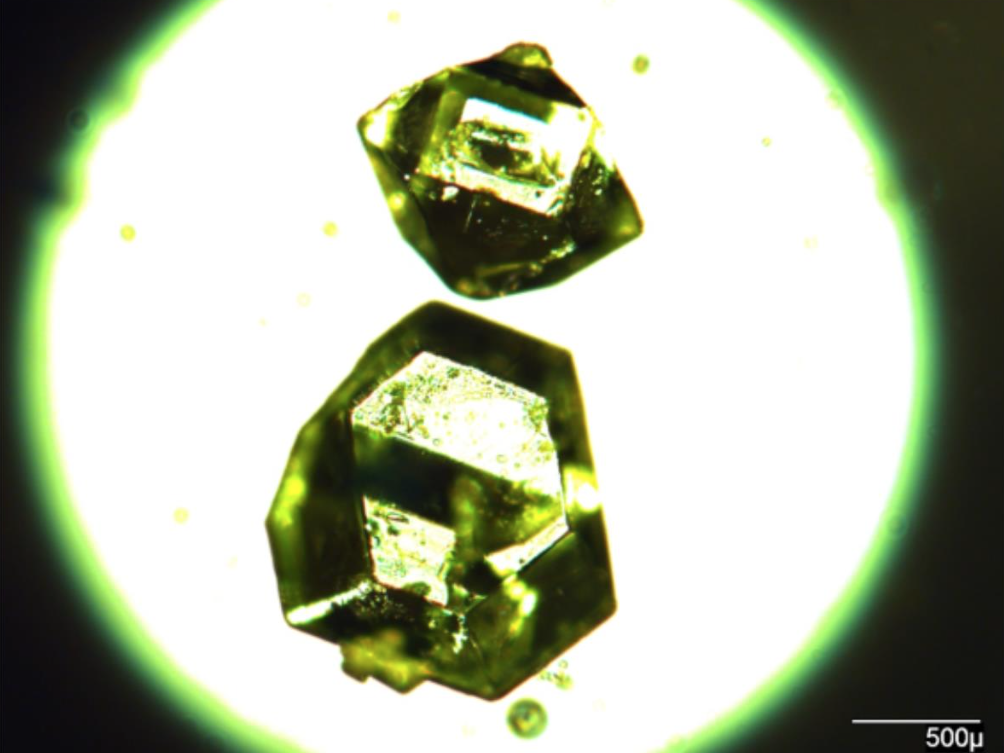Wonder material invented by scientists found to occur naturally in Siberian coal mine
Chance decision by chemist to read a journal about minerals led to ground-breaking discovery years later

It was one of the most advanced materials ever invented – a sophisticated blend of metal and carbon capable of a host of high-tech applications from soaking up poisonous gas to storing the next generation of hydrogen fuel.
But now scientists in Canada and Russia have discovered a natural form of ‘metal-organic frameworks’ or ‘MOFs’ lying around deep in a Siberian coal mine.
Nature, it appears, beat the scientists to it by a considerable margin.
Professor Tomislav Friščić, who was involved in the discovery, said it “completely changes the normal view of these highly popular materials as solely artificial, ‘designer’ solids”.
And he added: “This raises the possibility that there might be other, more abundant, MOF minerals out there."
The rough lumps of rock are not as useful as the synthetic versions, "beautiful" crystals that Professor Friščić compared to kryptonite in the 1980s Superman films.
The latter are so full of tiny holes that they can be as much as 90 per cent empty space and that means they can be used to store gases like hydrogen, for example.
The discovery was made after Professor Friščić, of McGill University in Montreal, happened to read a minerology journal about six years ago while living in the UK.
“I don’t know why I was reading this journal because I’m a chemist,” he told The Independent.
The article described the discovery of rocks with MOF-like characteristics in the former Soviet Union in the 1940s. The scientists at the time left detailed notes about what they had found, enabling them to be reconstructed artificially.
“The original discoverers did a perfect piece of work, a great job,” Professor Friščić said.
But this still did not prove that natural MOFs definitely existed and he then embarked on a five-year effort to track down a real one, with help from other researchers in Venezuela and Russia, that eventually led to samples that had been taken from a Siberian coal mine.
These were two different types of rock, called stepanovite and zhemchuzhnikovite, that had the same elaborate, honeycomb-like structure of MOFs, the scientists revealed in a paper in the journal Science Advances.
These can occur when metals mix at an atomic level with carbon-based molecules from a number of sources, including birds’ droppings.
Professor Friščić admitted the natural MOFs might remain little more than a scientific curiosity.
“To be honest the [synthetic ones] are much more elaborate systems than the ones we found,” he said.
But he added that might change if “someone finds a really elaborate MOF on Earth or perhaps on Mars”.
Join our commenting forum
Join thought-provoking conversations, follow other Independent readers and see their replies
Comments
Bookmark popover
Removed from bookmarks